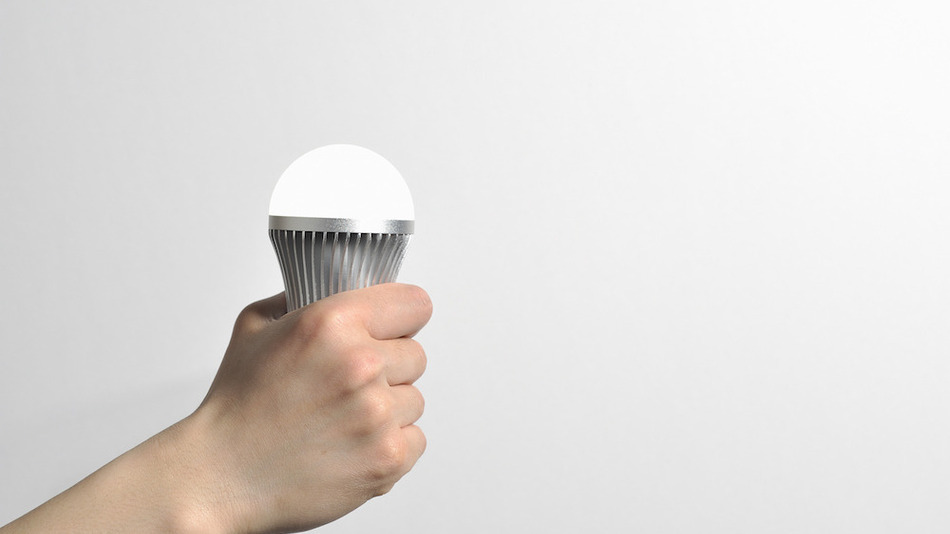Light Fidelity or Li-Fi is a new Internet breakthrough that is believed to offer Internet speeds of up to 1Gbps (gigabit per second) or “100 time faster than Wi-Fi.”

At the University of Oxford, researchers have a found a new method of delivering data by using the visible spectrum rather than radio waves. Using this technology, they reached bi-directional speeds peaking at 224Gbps. To have a better perception of this, 100Gbps fiber optic core networks have only become a reality in recent years and have yet to be widely used. In real world application, 224Gbps will let you download 18 movies of 1.5GB each in just one second.
At present, Li-Fi is being developed as an alternative to Wi-Fi. Since it will be using the visible light spectrum to send and receive data, researchers believe that it can reach speeds way beyond what the current technology, Wi-Fi, provides. Wi-Fi can reach up to 600Mbps.
A basic setup requires a a light source, such as a standard LED bulb, an internet connection and a photo detector. It was recently tested by a start-up company, Velmenni, in Estonia. Li-Fi was made available in an office environment where workers we able to access the Internet in a commercial setting.
However, when compared to Wi-Fi, a limitation of Li-Fi is that it cannot penetrate through walls. But researchers see this more of an advantage than a disadvantage. They said that this makes Li-Fi more secured against network sniffing.
Harold Haas, one of the inventors of Li-Fi technology, has talked about before that in the future every LED lightbulb could potentially be used as an ultra-fast alternative to Wi-Fi. He said that billions of light bulbs can be used as hotspots. If this materializes, Li-Fi will be a low-cost alternative to Wi-Fi.
Additionally, Li-Fi does not interfere with radio signals. Therefore, it can be used in aircrafts and other locations where interference can be an issue.
Another advantage is that while the spectrum for radio waves is in short supply, the visible light spectrum is 10,000 times larger. Therefore, it is unlikely to run out any time soon.
On the other hand, Li-Fi does not come without shortcomings. For instance, it cannot be deployed easily outdoors under direct sunlight as that would interfere with the signal.
h/t: Mashable


